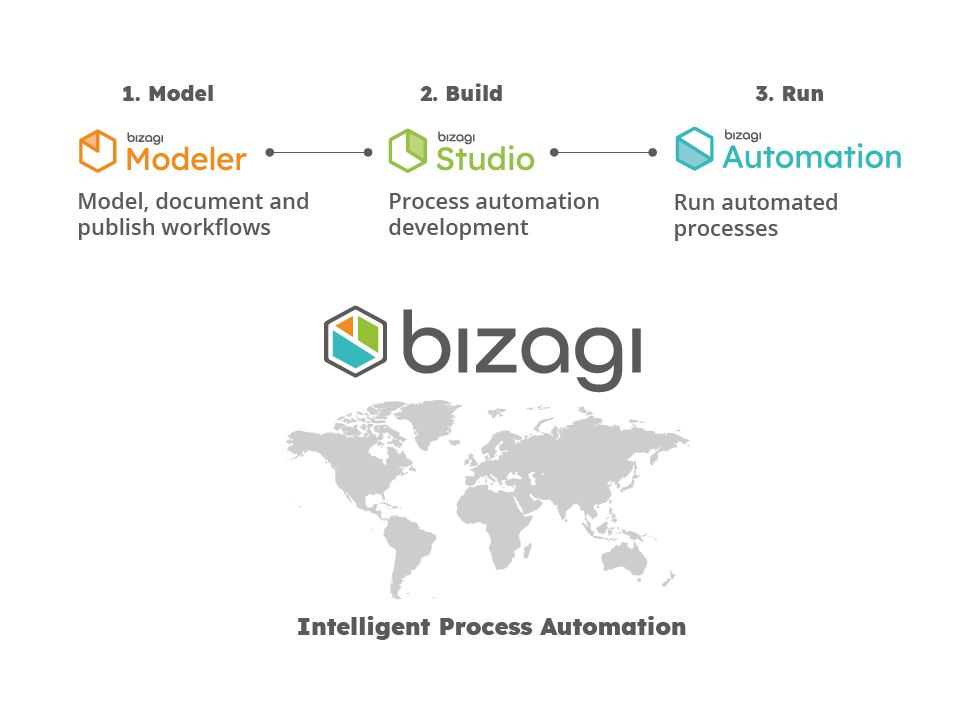A Step-by-Step Guide to Business Automation
Why Business Automation is Essential for Your Success
Guide to Business Automation can help streamline operations, improve efficiency, and drive growth for your organization. This guide will show you exactly how to take advantage of business automation, breaking the process down into actionable steps.
- Spending hours on repetitive tasks?
- Struggling to keep up with customer demands?
- Want to scale your business but feel stuck in the manual grind?
What is Business Automation?
Business automation refers to the use of technology to perform tasks and processes with minimal human intervention. From managing invoices to nurturing customer relationships, automation streamlines repetitive or time-intensive tasks through software and apps.
For example, you can automate CRM (Customer Relationship Management) by setting up email sequences for leads. Or, you can streamline everyday tasks using low-code platforms like Power Apps Delegation to boost team productivity.
Automation isn’t just a trend—it’s a tool driving efficiency and profitability across industries.
Benefits of Business Automation
Wondering why automation is worth the investment? Here’s what it brings to the table for businesses like yours. Streamline processes, save time, and focus on what truly matters.
- Saves Time and Resources: Automating repetitive tasks, such as data entry, payroll, and customer inquiries, allows businesses to save time and focus resources on higher-value activities, boosting efficiency, productivity, and overall organizational growth.
- Reduces Human Error: Manual tasks often lead to mistakes. Automation reduces errors, whether it’s catching discrepancies in spreadsheets or triggering accurate follow-ups in an email chain.
- Improves Customer Experience: Automated businesses can offer round-the-clock customer support via chatbots, quicker response times, and personalized customer interactions—keeping customers engaged and loyal.
- Enables Business Scalability: Automation makes scaling possible without proportional increases in workload or staff. For example, your referral and referee systems can be automated, ensuring seamless tracking as your network grows.
- Enhances Collaboration: Automation tools like CRM platforms or task organizers ensure every team has visibility into ongoing projects, aligning everyone quickly and efficiently.
Challenges of Running a Business Without Automation
If manual processes are dragging down your workflow, this section might include some familiar pain points.
- Time Drain on Repetitive Tasks
- Repeating the same mundane tasks daily? Without automation, entire departments waste hours managing processes that could easily be automated.
- Higher Operational Costs
- Manual processes demand more time, increasing labor costs. And as your company grows, these costs only multiply.
- Data Management Bottlenecks
- Without automation, organizing and analyzing business data is a monumental challenge. This limits insights and makes strategic decision-making difficult.
- Customer Dissatisfaction
- If your business can’t keep pace with customer inquiries or fails to personalize experiences, it risks losing loyal customers to competitors.
How Automation Solves These Challenges
- Automation to Combat Manual Inefficiency
- Repeating a day-to-day process? Automation tools can handle anything from scheduling emails to generating invoices, freeing up your team for more important tasks.
- Reducing Overhead and Boosting ROI
- Automation tools cost far less than maintaining inefficiencies. Instead of hiring additional staff, invest in platforms tailored to automate your workflows.
- Smarter Data Handling Through Automation
- Data consolidation, reporting and analytics—previously time-consuming processes—become seamless with tools like automated CRM or analytics platforms.
- Perfecting Customer Interactions
- Chatbots, personalized marketing automation, and efficient customer tracking systems help deliver smooth, memorable customer interactions—while your team focuses on growth strategies.
How to Start Automating Your Business
Getting started with business automation doesn’t have to be overwhelming. Follow these steps to transition your workflows into a well-oiled automated machine.
1. Identify Repetitive Tasks
- Make a list of all time-consuming and repetitive business tasks. Look for processes like appointment scheduling, invoicing, data management, and email campaigns.
2. Choose the Right Tools
Different automated businesses require different solutions. For example, consider using tools like:
- Power Apps Delegation: Power your team’s productivity
- Zapier or Make (formerly Integromat): For seamless app integrations
- HubSpot (CRM): Automate customer interactions and workflows
- Bazgi: Enables organizations to create and document business processes to identify improvement opportunities
3. Start Small - Begin with one process. Once you see efficiency improve within that workflow, expand automation across other business functions.
4. Assess the Outcomes - Track metrics like time saved, customer satisfaction scores, or the reduction in operational costs to understand the ROI of your automated systems.

How to Implement Business Automation in Your Business
Turning plans into action takes meticulous execution. Here’s how to roll out automation practices smoothly.
- Get Your Team Onboard
- Explain the benefits of automation and address resistance or concerns. Engage your team in the decision-making process, ensuring buy-in from all stakeholders.
- Train Your Staff
- Introduce training sessions to familiarize employees with automation tools. This ensures they know how to use them effectively right from day one.
- Monitor and Adjust
- Regularly revisit your automation strategies to ensure effectiveness. Take note of inefficiencies or gaps where automation fails, and adjust accordingly.
- Integrate Customer Feedback
- The results of your automation efforts should align with your customers’ expectations and satisfaction levels. Use surveys or feedback channels to confirm if these solutions are enhancing their experiences.
Automation Is the Future of Business
Automation isn’t a short-term fix—it’s a long-term strategy for success. Whether your business is struggling with data management, customer retention, or scaling, automation can fill the gaps to create a smoother workflow and better results.
Implementing automation is the difference between chasing goals and achieving them efficiently. Are you ready to build your automated business?
If you’re eager to explore the tools that can revolutionize your workflows, start your automation domination today with our Guide to Business Automation.













Comments (13)
Very Informative
Thank you!
Thank you.
This article provides a comprehensive roadmap for implementing business automation. The structured approach is both insightful and actionable.
Thank you for your feedback. our kind words encourage us to continue delivering valuable content. 😊
Thank you.
very helpful and informative
Thank you Muntaha.
Automate manual tasks
Business Automation is key to success in recent days for organizations digital footprint. There are lots of low-code or no-code platforms to enhance and streamline business processes.
Such a clear and practical guide to business automation! The step-by-step process is exactly what businesses need to get started. Can’t wait to implement these strategies!”
An excellent walkthrough of business automation from planning to execution. The tips on selecting the right tools are especially valuable.
Business automation isn’t just a trend, it’s becoming essential for efficiency and growth. This blog highlights exactly how to approach it with clarity and purpose.